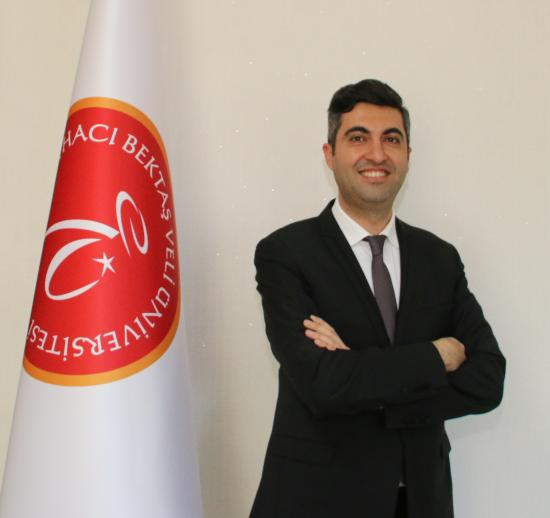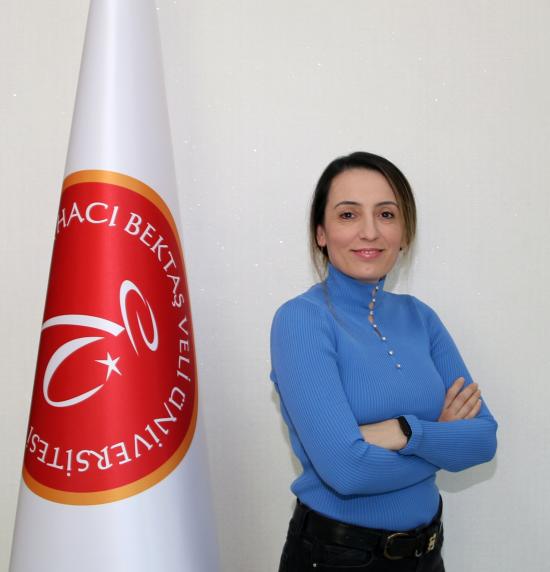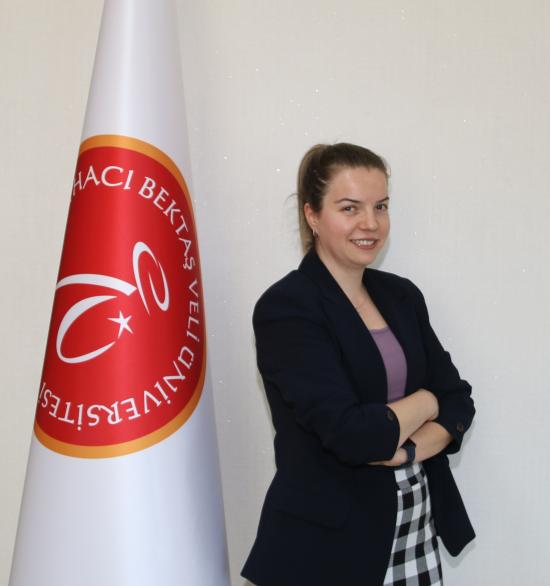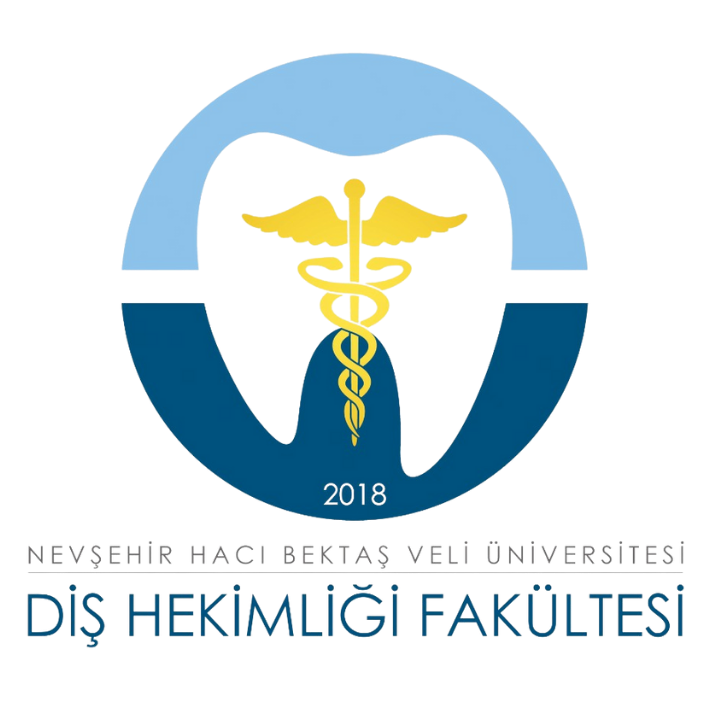The Department of Basic Medical Sciences of our faculty was established in 2021 and consists of five departments.
It will start education in the Faculty of Dentistry in the 2021-2022 academic year as the departments of Anatomy, Medical Biochemistry, Medical Microbiology, Histology-Embryology and Pathology.
There are four faculty members, one each in the Department of Anatomy in Basic Medical Sciences, the Department of Medical Biochemistry, the Department of Medical Microbiology and the Department of Histology-Embryology.
Before moving on to clinical and applied science education in dentistry, the education that will establish the medical foundation and build the infrastructure of the medical profession is basic medical education.
Basic Medical Education is given to prospective dentists, both theoretically and practically, so that a clinical perspective is developed in the light of basic medical education.
Medical Microbiology; Bacteriology, Virology, Mycology and Parasitology is a branch of basic medicine that examines the host-microorganism relations and investigates the pathogenesis, effects on the immune system, prevention and treatment of infections caused by microorganisms in the host.
Also, Oral Microbiology; It is a field included in the Department of Medical Microbiology, where dentists learn the etiology and pathogenesis of caries and gingival diseases, which form an important part of oral-dental diseases.
Anatomy; It is one of the most complex branches of basic medicine that examines the normal structure and shape of the human body, the organs that make up this structure, and the relations between the organs. The fact that the terms used in this field are in Latin makes it difficult for the student to understand and learn anatomy. In order to facilitate understanding and learning, there are laboratories established in the departments. In these laboratories, there are structures that make up the human body, cadavers and models. In this way, it is easier for the student to comprehend with visual materials.
Histology and Embryology; The cell, which is the smallest building block of the human body, is the basic medical unit that examines the tissues formed by the cells and the organs formed by the tissues and the connections of the systems formed by the organs with each other and the developmental stages from the zygote to the adult. It examines the morphology of healthy tissues and organs that make up the human body and draws attention to the structure-function relationship. In addition, the Oral Cavity Histology and Oral Cavity Embryology it contains allow detailed recognition of the oral mucosa and the structures of the teeth.
Pathology; Unlike Histology and Embryology, which deals with healthy tissues, it is a branch of science that enables the recognition and typing of infected and morphologically impaired tissues. Pathology, one of the most important parts of medicine, serves as a bridge between clinics and paraclinics.
Biochemistry; It is an academic discipline of chemistry that deals with the study of biological processes at the cellular and molecular level. Biochemistry, also called biological chemistry, is both a life science and a chemical science.

Head of the Department of Basic Medical Sciences
Faculty Members:




